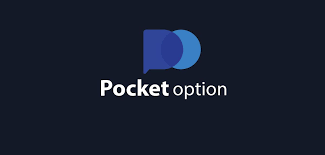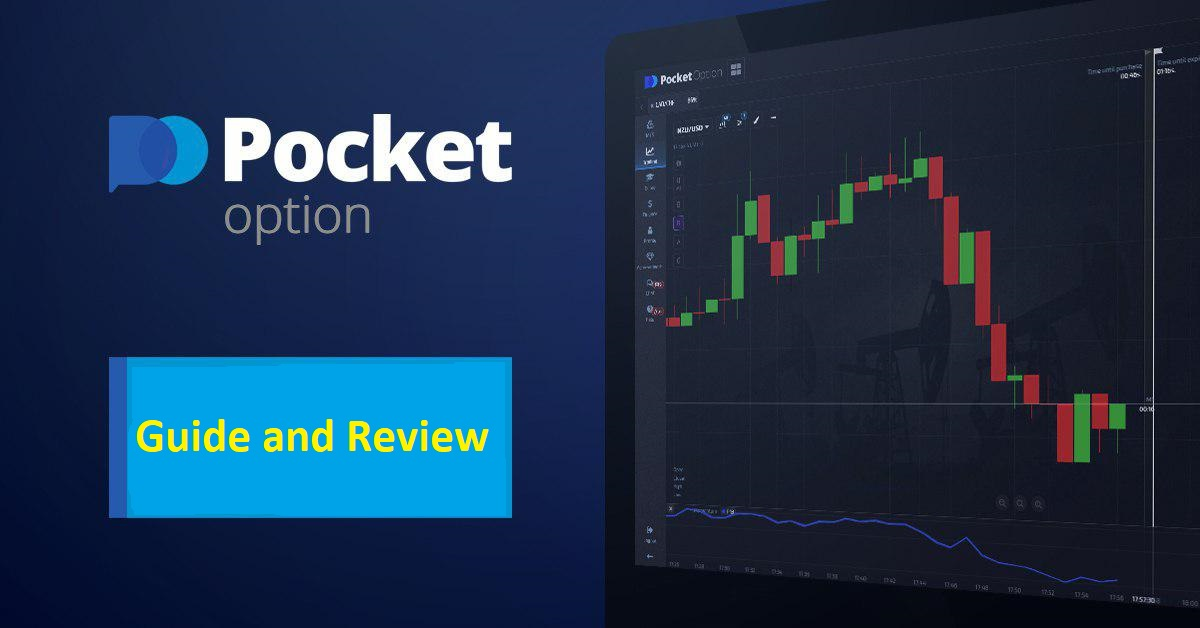
When is the best time to trade on pocket option
One of the key considerations for successful trading on available platforms is timing. Knowing when is the best time to trade on pocket option when is the best time to trade on pocket option can significantly influence your trading outcomes and profitability. This article explores various factors affecting trading times, strategies traders can employ, and tips for maximizing success on Pocket Option.
Understanding Market Trends
The best time to trade on Pocket Option, like any trading platform, is highly influenced by market trends. Traders must monitor the market to identify peak trading hours. Typically, the Forex market operates 24 hours a day, from Sunday evening to Friday evening. However, within this timeline, certain hours are more active than others, especially when major economies overlap (e.g., London and New York sessions). These overlapping periods often see greater volatility and trading volume, providing traders with more opportunities to make profitable trades.
Consideration of Economic Events
Economic events play a crucial role in market dynamics. High-impact news releases such as interest rate announcements, employment reports, and GDP releases can create significant market movements. By staying informed about the economic calendar, traders can position themselves strategically around these events for optimal trading opportunities. Timing your trades around these events can lead to increased earnings, but it requires caution, as volatility can be unpredictable.
Analyzing Historical Data
To find out when the best times to trade on Pocket Option are, traders should analyze historical data. Historical price patterns can sometimes indicate when a particular asset is more likely to move. By conducting technical analysis and observing price histories, traders can better predict future market behavior. This approach helps in deciding when to enter or exit a trade, ultimately increasing profitability.
Using Technical Indicators
Technical indicators are essential tools for traders looking to determine the best time to trade. Indicators like Moving Averages, Relative Strength Index (RSI), and Bollinger Bands can help identify trends and potential reversals. Combine these indicators with market timing for a more robust trading strategy. Understanding how to read these indicators can give traders an edge in deciding when to execute a trade on Pocket Option.
Active vs. Passive Trading

Another aspect to consider is the difference between active and passive trading strategies. Active traders often look for quick returns by entering and exiting trades frequently, while passive traders may hold positions for longer durations. The best time to trade for active traders may differ from that of passive traders. Active traders usually prefer volatile times, whereas passive traders may focus more on long-term trends irrespective of particular trading hours.
Choosing the Right Assets
Different assets have different trading volumes at various times. For instance, currency pairs in Forex trading might see spikes in activity during the overlap of major market sessions, while commodities might follow a different pattern based on global events. Understanding which assets to trade at specific times can enhance the chances of making successful trades on Pocket Option. Additionally, focus on assets where you have the most knowledge and experience, as this can improve trading outcomes.
Market Sentiment
Market sentiment, or the general mood of traders, can greatly affect the best times to trade. Sentiment can shift rapidly based on news, global events, or even social media trends. By gauging market sentiment, traders can determine whether to initiate trades during bullish trends or wait for corrections during bearish markets. Tools that measure market sentiment can be beneficial in making informed decisions about trading times.
Psychological Factors
Trading is as much about psychology as it is about strategy. Traders’ emotions—fear, greed, or indecision—often affect their timing and trading performance. Having a clear trading plan and sticking to it can help traders avoid emotional pitfalls. Setting specific times for trading and adhering to those can prevent impulsive decisions driven by fear or excitement.
Conclusion: Creating a Personalized Trading Schedule
Ultimately, finding the best time to trade on Pocket Option depends on individual trading styles and preferences. By understanding market dynamics, analyzing trends, and utilizing the right tools, traders can create a personalized trading schedule that aligns with their goals and risk tolerance. While this article has discussed various factors affecting the best trading times, it’s crucial for traders to continually adapt their strategies based on market conditions and personal experiences. Consistent evaluation and adjustment will lead to enhanced trading performance over time.